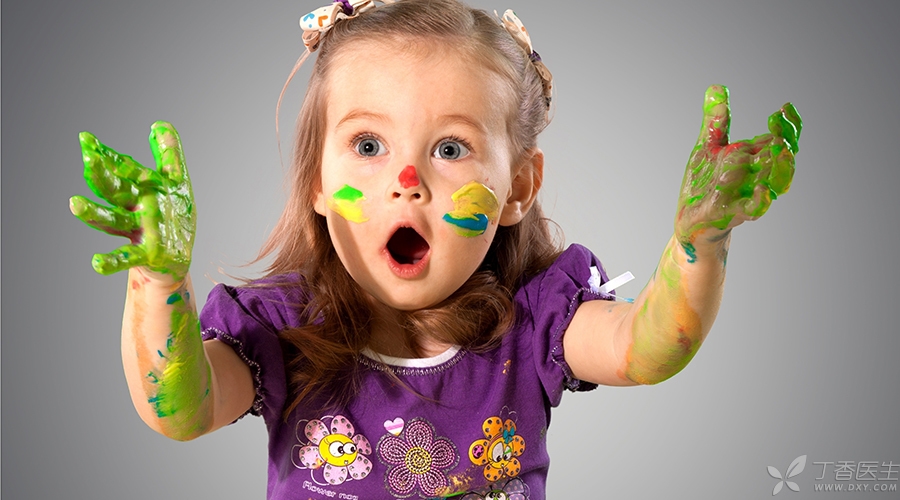
Doctor Clove is often asked by mothers:
My baby is less than two years old, can you recommend some educational toys?
Come on, stop buying blindly from buy buy, and be a good friend of Dr. Clove. The ideal is to play with her to study in the big cloud mother, and how to play with her naturally better.
Learning in play has already started around the age of 1.
From the moment the baby was born, he was full of curiosity about the world and explored and understood the surrounding environment through various ways.
For babies, [playing is exploring], [exploring is learning].
You see, the baby is the first to feel the mother’s nipples, pacifiers, small hands and anything that the hands can touch through the sucking of the mouth. With the development of the baby’s fine movements from looking up, leaning over, turning over, sitting, climbing to standing, and fingers, the baby’s exploration scope gradually expands and the exploration methods gradually enrich.
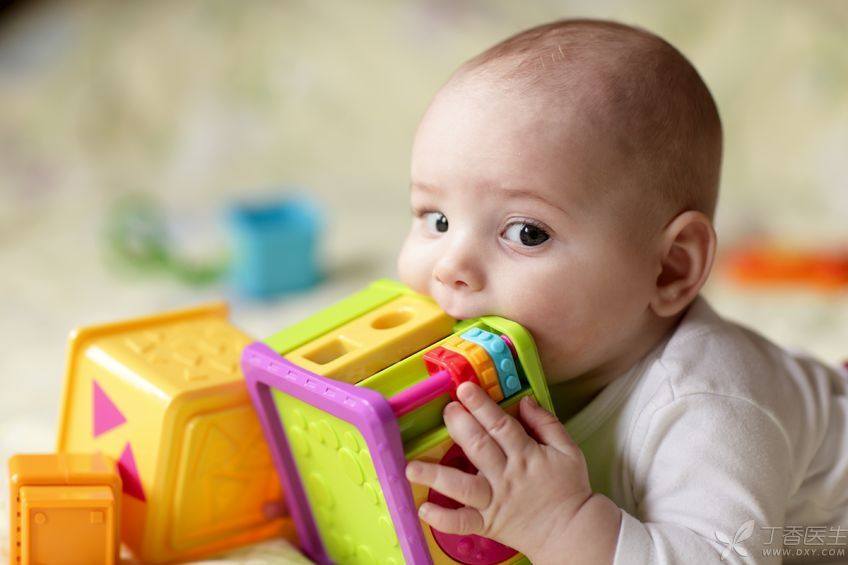
In short, babies aged 0-24 months rely on actions to understand the world. The games at this stage are mainly exploration games and relationship games.
Discovery game: also known as sensory sports game.
Age: 0 ~ 24 months
The baby at this stage, like a small explorer, has a strong curiosity and exploration desire. The play characteristics at this stage are:
-
Repeated operation of a single object;
-
At first, all objects are explored with the same movements, such as knocking, shaking, biting, pulling, pushing, throwing, stabbing…
-
Then transition to different objects and adopt corresponding actions (schemas), such as pushing carts, throwing balls, pressing buttons, turning handles…
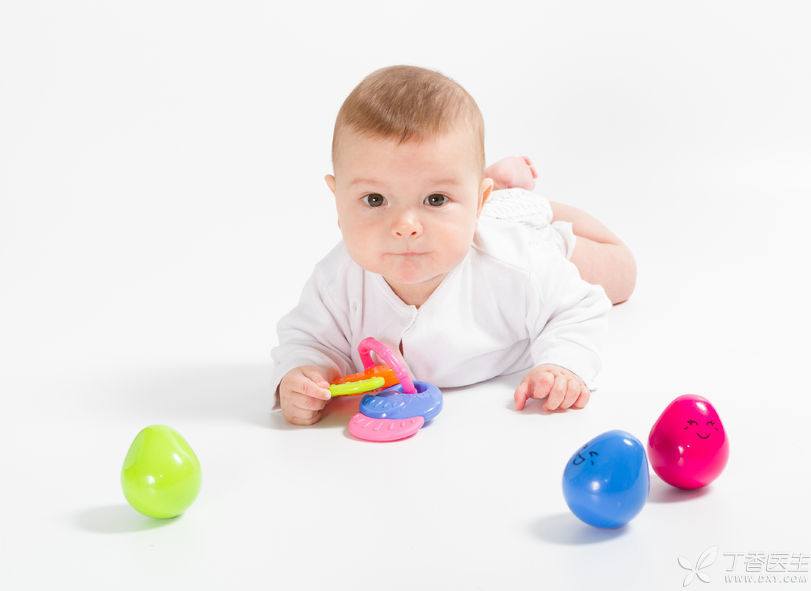
Relational games: also known as functional games.
Age: 9 ~ 24 months:
The baby at this stage starts from simple exploration, functional association and practical operation. The play characteristics of this stage are:
-
Babies began to be able to connect two items, such as putting spoons in bowls, little people in cars, and fruits in baskets.
-
Know the typical usage of some items, such as scooping things with a spoon, drinking water from a cup, shoveling sand with a shovel…
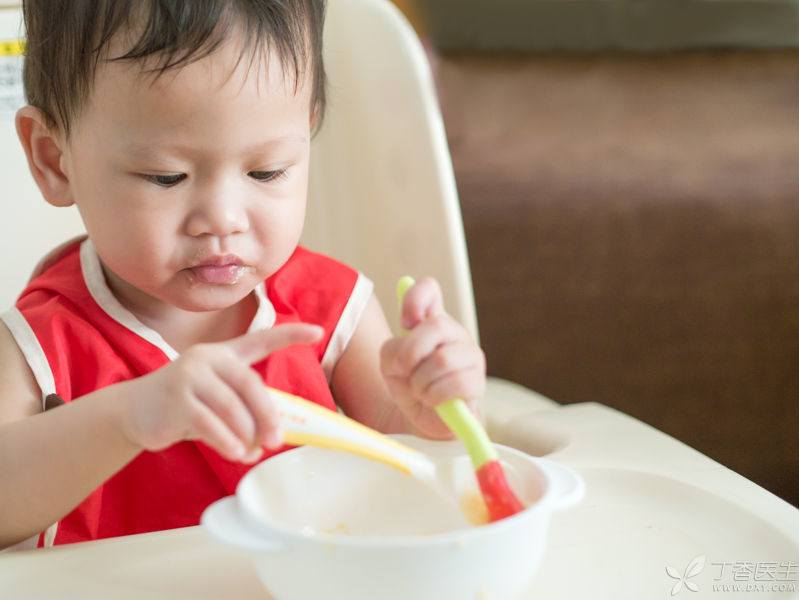
For babies aged 12-24 months, these two kinds of games can be played. However, there are still some differences between 12-18 months and 18-24 months. Next, I will tell you in detail according to specific age groups:
How do babies aged 12 ~ 18 months play?
Babies from 12 to 18 months old have two important characteristics: articles will be put in their mouths and they will not walk steadily.
Therefore, when playing with the baby, the first thing to do is to ensure the safety and convenience of the baby’s game environment:
1. Provide supporting points that can rely on the supporting station, such as low cabinets, low tables and long benches with a height of about 50 cm, so as to form a game area corner, where toys are relatively fixed and concentrated, and are easy to take and place at a glance.
On the one hand, this height helps the baby to stand and walk; On the other hand, it is suitable for the baby to take and put toys and articles by himself and explore freely, without always relying on the help of companions (we can also disturb him without worrying about the baby frequently).
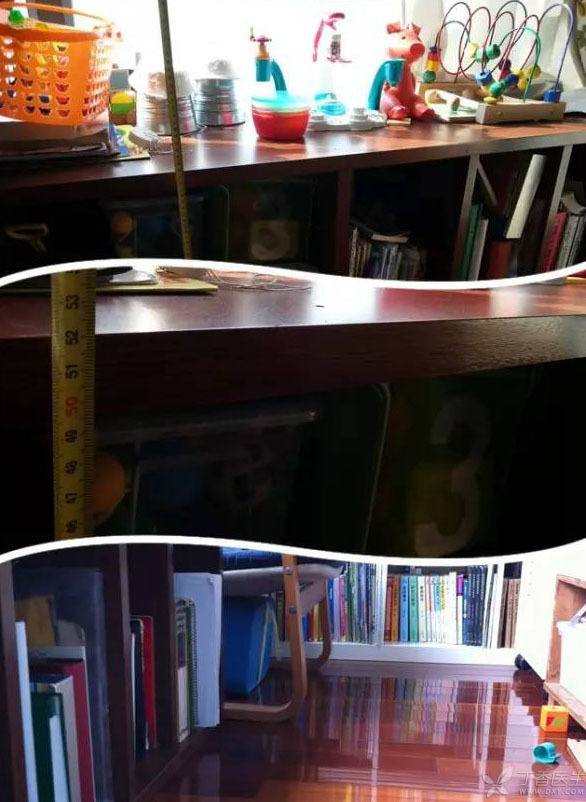
2. The size of toy items should be based on the principle that they cannot be swallowed. If there are small particles of items, the accompanying adults must pay close attention to the baby’s movements and behaviors to prevent accidents.
At this stage, the exploration game is relatively significant, and the baby will be addicted to repeated action exploration on a single object.
For example, some mothers have a headache [hobby of throwing things].
When we understand that babies at this stage are trying to learn through this kind of action, we will not define their behavior as [mischief] and stop it.
How should parents play with them at this stage?
Allow the baby [to rummage through boxes and cabinets]! Allow the baby to touch the east and throw the west!
Just put all kinds of safe items within the reach of the baby, the baby will explore the operation in this process, develop sensory perception and understand the environment. However, with the completion of the exploration of these actions, the behavior of throwing things in a centralized way will gradually disappear.
During this period, parents do not need too much participation, observation and companionship at all, and let the baby explore by himself ~
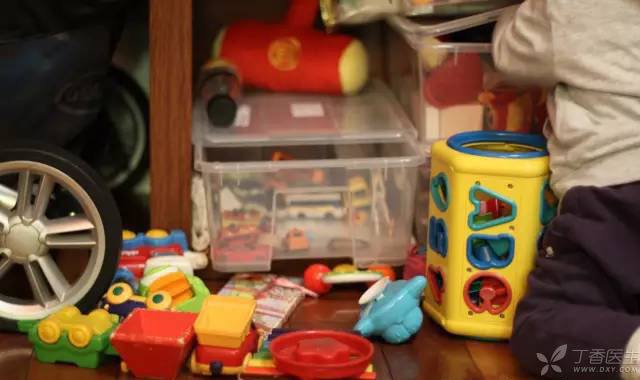
How do babies aged 18 ~ 24 months play?
After one and a half years old, the baby can gradually walk stably, and has already known the typical use of common items in the living environment. The movement of small hands develops more finely. At the end of the oral desire period, everything is no longer put into the mouth, and there are more things to play with.
This stage of relationship games (functional games) will be more significant.
Is it time to buy educational toys for your baby?
In fact, for babies, the world is always full of freshness, and anything can become their toys.
Here, Dr. Clove recommends some small tools and common materials in life, which can also make the baby play with concentration and endless fun.
Ball games: You can directly roll the ball on the ground to sound and impact, cylinder (tunnel change), hole/bag (touch), bowl (circle), magic (hidden ball)…

Clothes hanger + ball: the size of the ball can be sensed in the game.
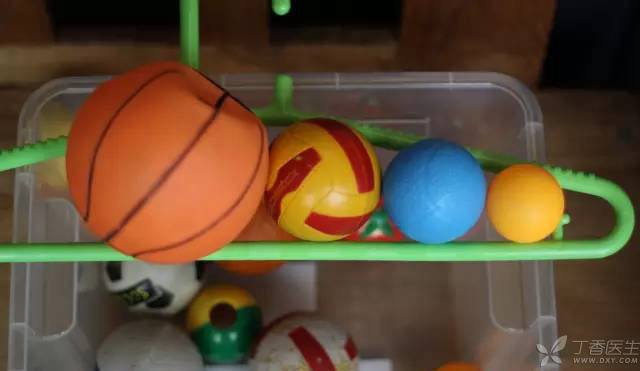
All kinds of small particles: almost no child does not love [pour back and forth] games: bowls (pack/pour/turn), small (scoop), boxes (slide/sort back and forth), bottles (pack/twist/shake/sound), small balls (hide)…

All kinds of natural objects: match with other materials, baskets (loading/carrying/going to buy vegetables), large spoons (stir-frying), bottles (loading/twisting/shaking), making boats…

Water: Almost no child does not like to play with water, such as cups and bowls (filling/pouring), kettles (filling/pouring/pouring), balls/leaves (floating), fishing nets (fishing)…

Sand: with some tools, shovels (shovels), bowls/buckets (containers), branches (painting/planting trees), stones (hiding)…

All kinds of simulation toys: After one and a half years old, the babies began to imitate what their parents did. We only need to prepare them with some highly realistic appliances (cups, spoons, shovels, cabinets, sofas, etc.), and they can play!
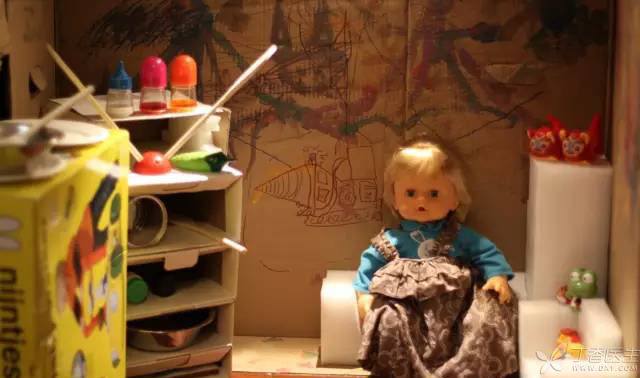
The last thing Dr. Clove wants to say is that the best way for babies to have fun is not those expensive high-tech toys, but:
First, parents’ high-quality companionship;
Second, suitable for the baby’s development stage of play methods.
How do you play with a 1-year-old + baby? Have you got it?
